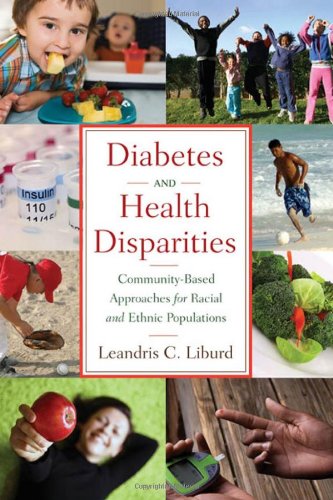

Most ebook files are in PDF format, so you can easily read them using various software such as Foxit Reader or directly on the Google Chrome browser.
Some ebook files are released by publishers in other formats such as .awz, .mobi, .epub, .fb2, etc. You may need to install specific software to read these formats on mobile/PC, such as Calibre.
Please read the tutorial at this link: https://ebookbell.com/faq
We offer FREE conversion to the popular formats you request; however, this may take some time. Therefore, right after payment, please email us, and we will try to provide the service as quickly as possible.
For some exceptional file formats or broken links (if any), please refrain from opening any disputes. Instead, email us first, and we will try to assist within a maximum of 6 hours.
EbookBell Team

4.3
98 reviews''What Liburd and colleagues provide in this edition is a framework for all practitioners involved in diabetes prevention and control. The recommendations and tools provided here are key to the success of future research and programmatic efforts.''
-Wayne H. Giles , MD, MS & Ann Albright , PhD, RD (From the Foreword)
Type 2 diabetes and its principal risk factor, obesity, have emerged as twin epidemics in communities of color. This book investigates the epidemiology of diabetes in these minority communities, arguing that the determinants of diabetes include not only personal choices, but also broader social and contextual factors, such as community racism, residential segregation, and cultural patterns.
This book includes in-depth analyses of many community-based interventions which serve African-American, Hispanic/Latino American, Asian American, and Native American populations. The author also provides suggestions for community-based initiatives to reduce the ''obesogenic'' environment many minorities live in.
Key features:
Explores the influence of institutionalized racism and residential segregation on the emergence of diabetes and obesity
Presents extensive case studies detailing the experiences, challenges, and breakthroughs of various community health initiatives and programs
This book will serve as an important resource for professors, students, community leaders, policymakers, health practitioners, and anyone interested in joining the movement to eliminate health disparities and achieve health equity.